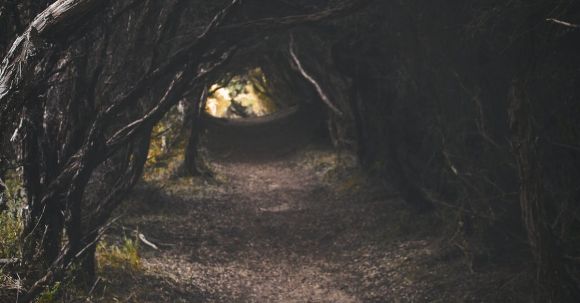Forests are not just a collection of trees; they are vibrant ecosystems teeming with a rich variety of plant life. From towering giants to delicate flowers, forests harbor an astounding botanical diversity that is waiting to be explored. In this article, we will delve into the fascinating world of forest flora and discover the wonders that lie within.
The Lush Canopy: Tall Trees and Epiphytes
As we enter a forest, our eyes are immediately drawn to the towering trees that dominate the landscape. These magnificent giants provide shade, shelter, and a home for countless other organisms. Some of the notable tree species found in forests include the mighty redwoods, towering pines, and elegant oaks. Each species has its unique characteristics, such as the redwoods’ impressive height or the oak’s sprawling branches.
But it’s not just the trees that make the forest canopy fascinating. Look closer, and you’ll discover a whole world of epiphytes – plants that grow on the branches of trees. These botanical marvels, including orchids, bromeliads, and ferns, have adapted to the unique conditions of the canopy. They rely on the trees for support and access to sunlight, creating a delicate balance of symbiotic relationships.
The Understory: A Hidden World of Diversity
Beneath the towering trees, a hidden world of understory plants awaits exploration. This layer of vegetation, often characterized by shade tolerance and adaptability, is home to a wide range of species. From ferns and mosses to wildflowers and shrubs, the understory is a treasure trove of botanical diversity.
Some of the most captivating understory plants are those that thrive in low-light conditions. Take, for example, the enchanting trilliums with their delicate white petals and three-lobed leaves. These woodland beauties are often found carpeting the forest floor, adding a touch of elegance to the otherwise dimly lit surroundings.
The Forest Floor: Bursting with Life
Beneath the understory lies the forest floor, a bustling community of plants that have adapted to the limited sunlight and nutrient-rich soil. Here, we find an array of groundcover plants, such as ferns, mosses, and wildflowers, each playing a crucial role in maintaining the forest ecosystem.
One of the most iconic forest floor plants is the humble wildflower. These colorful blooms add a vibrant touch to the otherwise green surroundings, attracting pollinators and contributing to the overall biodiversity of the forest. From the delicate bluebells to the cheerful daisies, wildflowers are a testament to the beauty and resilience of nature.
Conservation: Protecting Forest Biodiversity
The rich botanical diversity of forests is not just a source of visual delight; it also plays a crucial role in maintaining ecological balance. Forest plants provide food and shelter for countless animal species, contribute to the water cycle, and help regulate climate. However, human activities such as deforestation and habitat destruction pose a significant threat to forest biodiversity.
Conservation efforts play a vital role in protecting and preserving the botanical wonders of forests. By promoting sustainable practices, creating protected areas, and raising awareness about the importance of biodiversity, we can ensure that future generations can continue to explore and appreciate the rich plant life that forests have to offer.
In conclusion, forests are not just a backdrop of green; they are vibrant tapestries woven from a diverse range of plant life. From the towering trees to the delicate wildflowers, each species has its unique place in the forest ecosystem. By understanding and appreciating the botanical wonders of forests, we can work towards their conservation and ensure that their beauty and biodiversity endure for generations to come.



